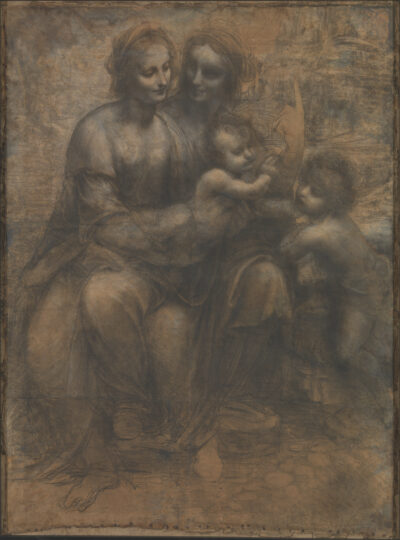16/11/24
Michelangelo, Leonardo, Raphael: Florence, c1504
Royal Academy of Arts, London
9 November 2024 – 16 February 2025
The story begins on 25 January 1504, when Florence’s leading artists gathered to decide where would be most “convenient and congruent” to place Michelangelo’s standing sculpture, David (1501-04). The shortlist comprised two sites: in front of the Palazzo della Signoria (now the Palazzo Vecchio), which won out in the end (and where today a copy stands, with the original in the Galleria dell’Accademia), or, alternatively, in the Loggia dei Priori (now the Loggia dei Lanzi), where the sculpture would have been more protected from the weather, but also much less seen. Among those making the decision was Leonardo, who, like Michelangelo, had recently returned to his native city, having made his name elsewhere (Michelangelo in Rome and Leonardo in Milan). His vote, for the Loggia, would no doubt have been influenced, at least in part, by jealousy, as the two artists now found themselves in direct competition for wealthy Florentine patrons. Raphael, the youngest of the three artists, and the only one who had not grown up in Florence, also arrived in the city, from his native Urbino, in autumn 1504, with the intention of learning the art of disegno (drawing and design), for which Florence was esteemed. In fact, as argued in the introductory essay, by curators Scott Nethersole and Per Rumberg, in the accompanying catalogue,1 it is drawing which establishes creative connections and unites the three artists’ practices. So, much as this tale has three protagonists, as already named, so, too, it has one leading role: drawing.

Read my full review here